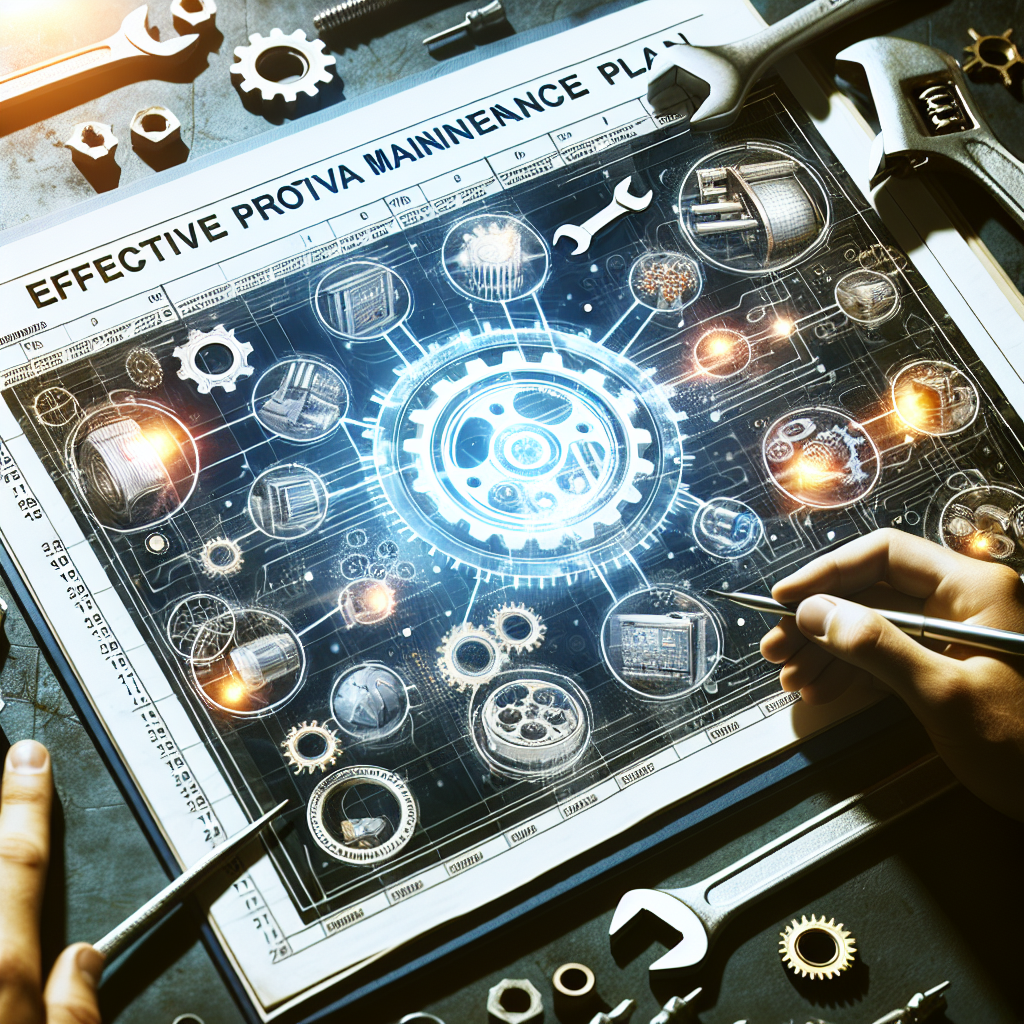Fix today. Protect forever.
Secure your devices with the #1 malware removal and protection software
Proactive maintenance is a crucial aspect of any successful maintenance strategy. By anticipating and addressing potential issues before they become major problems, businesses can save time, money, and resources in the long run. Creating an effective proactive maintenance plan is key to ensuring the smooth operation of equipment and machinery, as well as maximizing their lifespan.
Here are some tips for creating an effective proactive maintenance plan:
1. Conduct a thorough assessment: Before developing a proactive maintenance plan, it is important to conduct a thorough assessment of all equipment and machinery. Identify potential failure points, common issues, and areas that require regular maintenance. This will help you prioritize tasks and allocate resources effectively.
2. Set clear goals and objectives: Define clear goals and objectives for your proactive maintenance plan. These could include reducing downtime, extending the lifespan of equipment, and improving overall productivity. Having clear goals in place will help you stay focused and measure the success of your maintenance efforts.
3. Develop a schedule: Create a detailed maintenance schedule that outlines all the tasks and activities that need to be performed regularly. This schedule should include routine inspections, lubrication, cleaning, and any other maintenance tasks that are necessary to keep equipment running smoothly. Make sure to allocate enough time and resources for each task to ensure they are completed on time.
4. Use technology to your advantage: Take advantage of technology to streamline your proactive maintenance plan. Utilize maintenance management software to track equipment performance, schedule maintenance tasks, and generate reports. Implementing a computerized maintenance management system (CMMS) can help you stay organized, reduce paperwork, and improve overall efficiency.
5. Train your staff: Ensure that your maintenance team is properly trained in performing proactive maintenance tasks. Provide ongoing training and support to help them stay up-to-date on the latest maintenance techniques and best practices. Encourage open communication and collaboration among team members to ensure that everyone is on the same page.
6. Monitor and evaluate performance: Regularly monitor the performance of your proactive maintenance plan and evaluate its effectiveness. Keep track of key performance indicators such as equipment downtime, maintenance costs, and overall equipment reliability. Use this data to make informed decisions and adjust your maintenance plan as needed.
By following these tips, businesses can create an effective proactive maintenance plan that helps prevent costly breakdowns, extend the lifespan of equipment, and improve overall operational efficiency. Proactive maintenance is a proactive approach that can yield significant benefits for businesses of all sizes.
Fix today. Protect forever.
Secure your devices with the #1 malware removal and protection software

Leave a Reply
You must be logged in to post a comment.